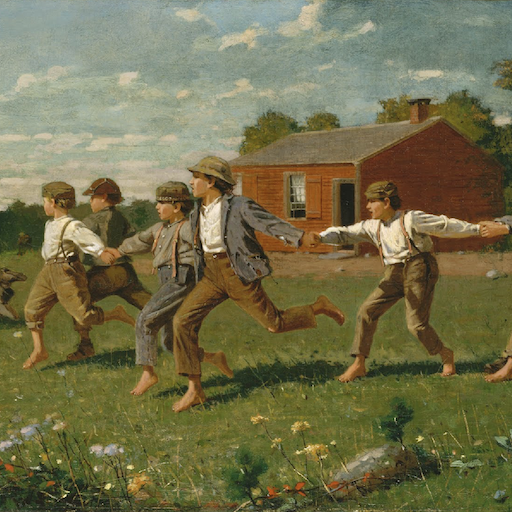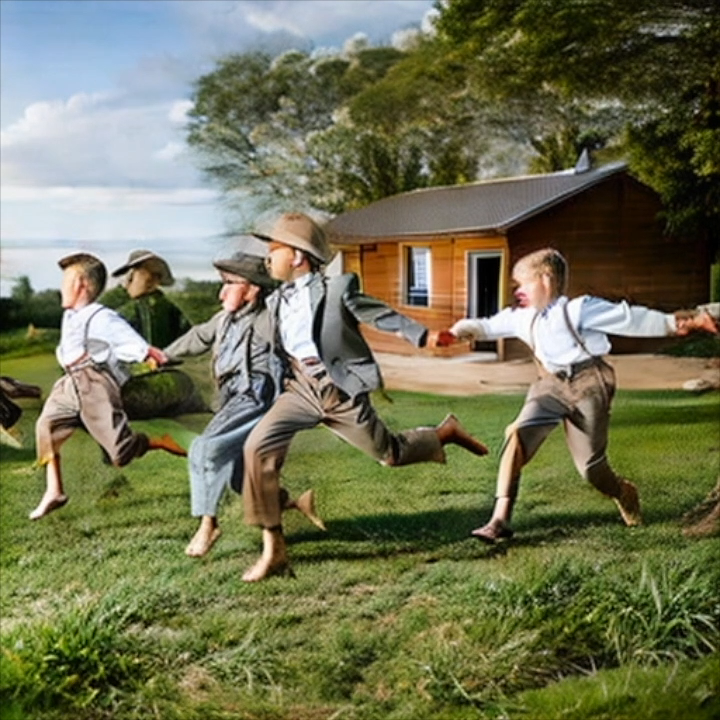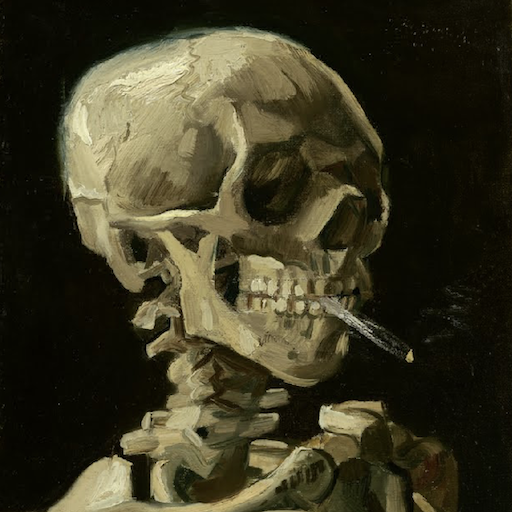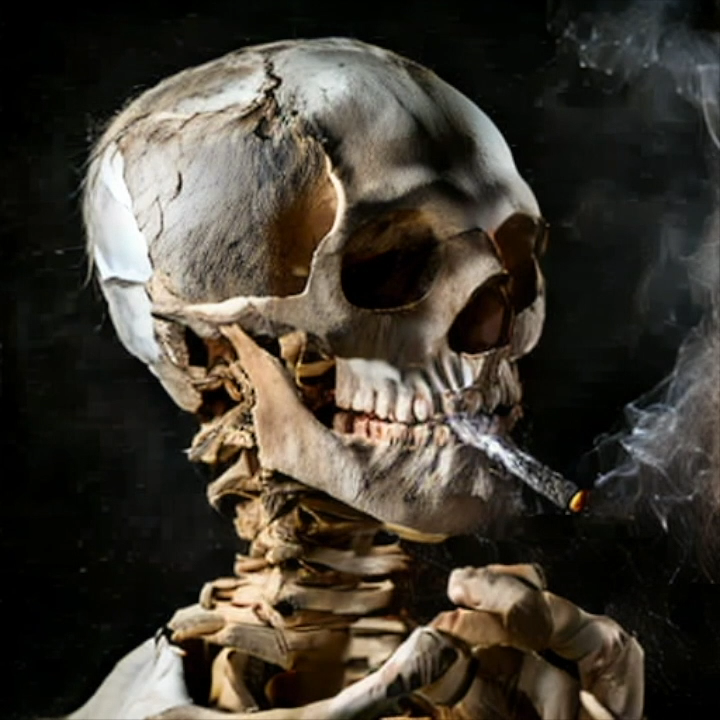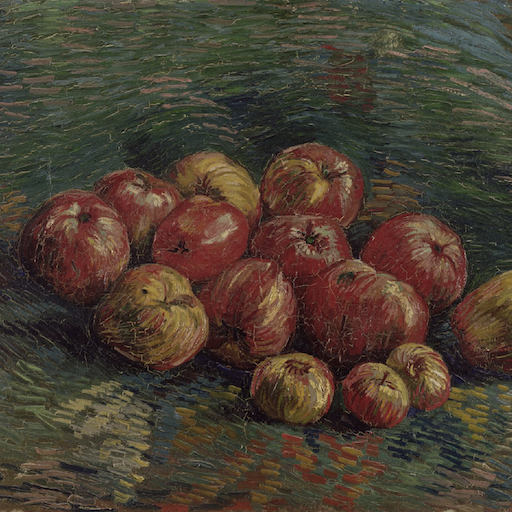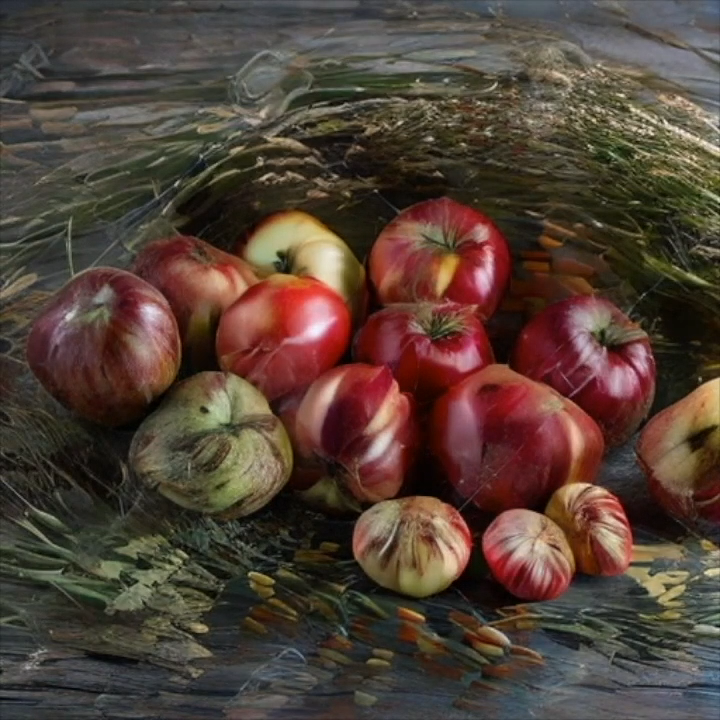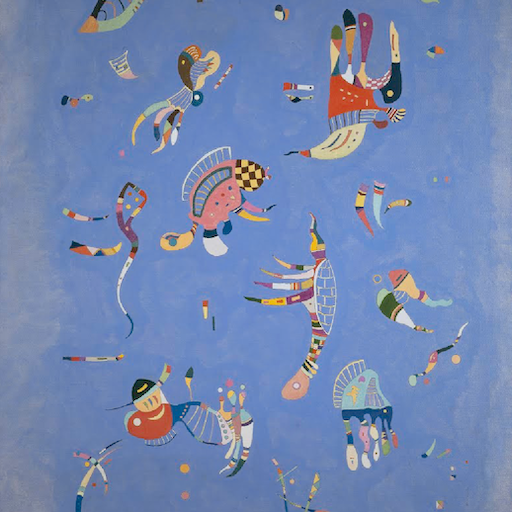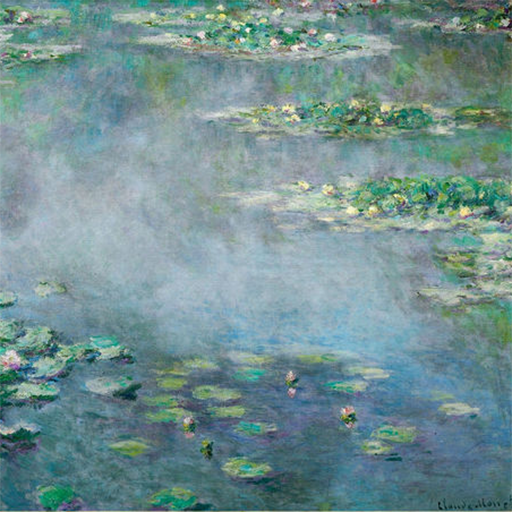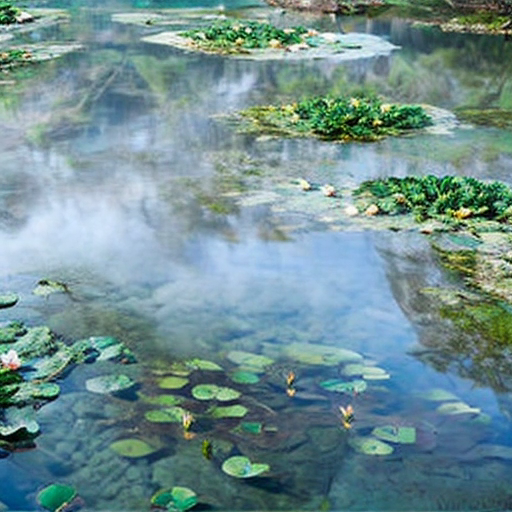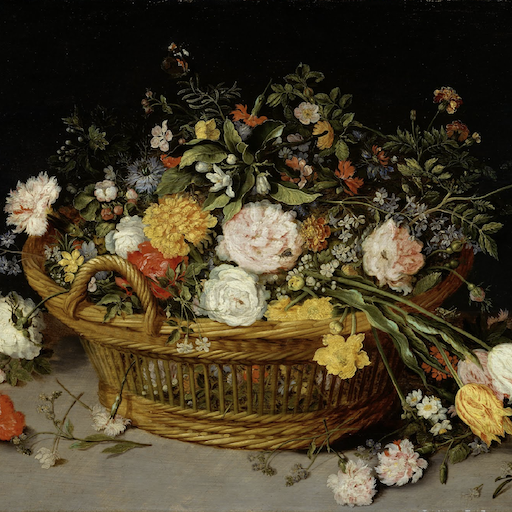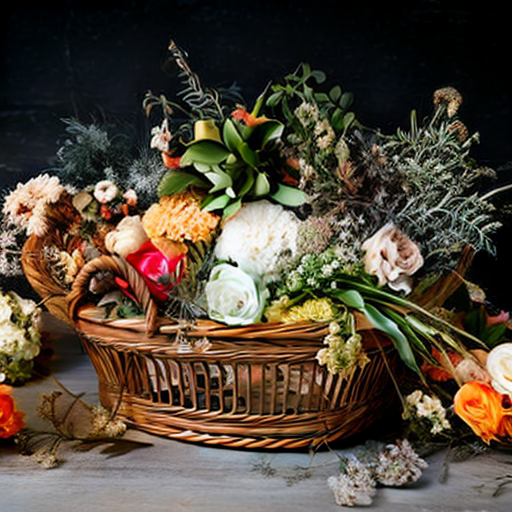A Better Understanding of SDS
We show that SDS (and its variants) can be cast as a
Schrödinger Bridge (SB) problem, which aims to find the optimal transport between two
distributions. SDS approximates this optimal path between the current optimized image distribution
(e.g., renderings from a NeRF) and a target distribution (e.g., text-conditioned natural
image distribution).
